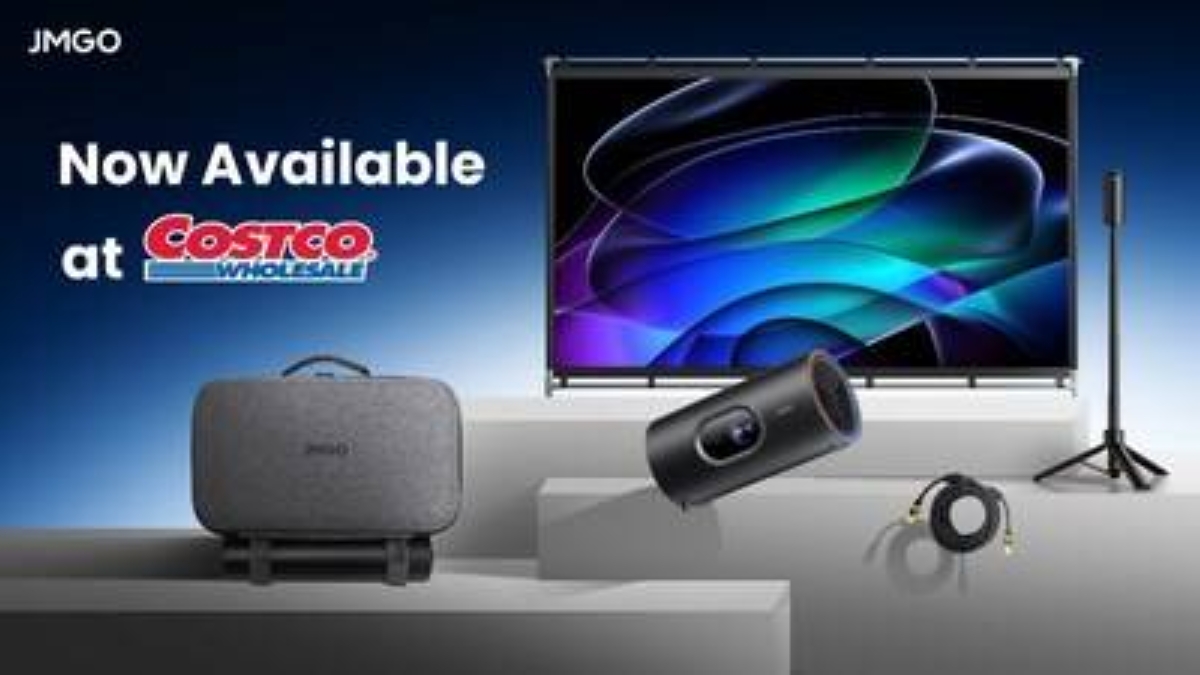SHENZHEN, China, Nov. 28, 2025 /PRNewswire/ — JMGO, a pioneer in optical technology, announced its official cooperation with Costco in North America. Currently, JMGO has entered Costco Canada and will…

SHENZHEN, China, Nov. 28, 2025 /PRNewswire/ — JMGO, a pioneer in optical technology, announced its official cooperation with Costco in North America. Currently, JMGO has entered Costco Canada and will…